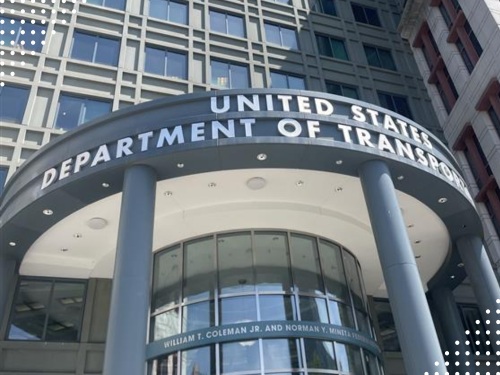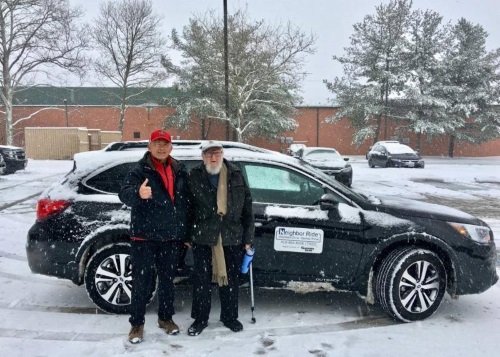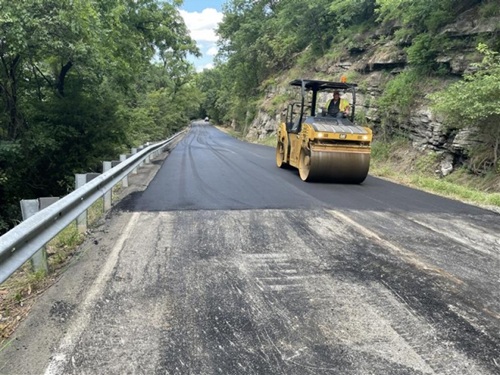A new report authored by the American Association of Retired Persons’ Public Policy Institute, Urbanism Next Center, University of Oregon, and RAND Corporation finds that a “large population of harder-to-serve older adults” are being “left out” of the “new mobility revolution” that encompasses ride-sharing and autonomous vehicles or AVs.
[Above photo via the National Aging and Disability Transportation Center.]
That report – sponsored by AARP – finds that older adults who have more limitations (physical, cognitive, multiple disabilities, financial, technology access/understanding) or certain specific needs (transportation that accommodates mobility aids, low-income, rural location) often do not fit into current “new mobility” business models.

The report said the current “ride-hailing service model” provides a useful analytic proxy for AVs, as it presents a similar consumer experience to what is expected for AVs. It then outlines three major barriers for older adults with limitations or specific needs:
- Using these emerging transportation technologies requires smartphone and internet access, and access to making online payments, all of which present challenges for many older adults who may lack even a base level of tech fluency and comfort.
- The vehicles can be difficult to enter and exit, and they may not easily accommodate the walking aids or wheelchairs that are used by approximately a quarter of all older adults.
- Current ride hailing and projected AV services focus almost exclusively on curb-to-curb service, but many older adults need door-to-door or hand-to-hand service due to other challenges. Those include identifying the vehicle when it arrives; stowing and retrieving bags or mobility aids; finding the correct door at complex locations such as a hospitals or shopping centers; and physically navigating busy streets and sidewalks.
“Eliminating this ‘nobody’s problem’ challenge will require public and private sector focus, funding, and coordination between traditional paratransit providers – local governments, social service organization – and micro-transit operators, existing new mobility providers, and AV companies,” the report concluded.
“The framework in this report can provide an easy-to-consult reference for policymakers as they define roles and responsibilities among public- and private-sector actors whose actions can enable equitable access – or result in greater inequity,” it said.
 Nation
Nation


